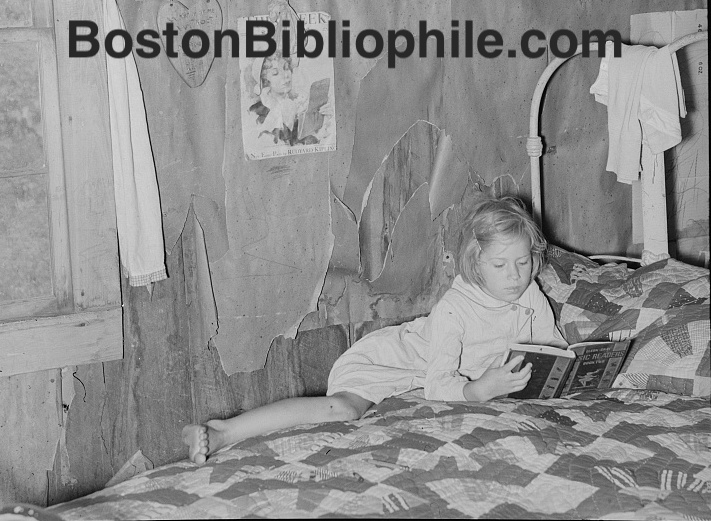 Dough
Dough, by Mort
Zachter. Published August 2008, by
HarperCollins. Nonfiction.
Dough is a quiet book centering on two very emotional subjects- family and money. It's the story of
Zachter's family and the family store, a bakery in the Lower East Side of New York City, in business for much of the last century.
Zachter's uncles Harry and Joe ran the store, with assistance from
Zachter's parents and then
Zachter himself. A bolt out of the blue came when his uncle Harry took ill and
Zachter took over his affairs- he discovered that his uncles, who he had always believed to be very poor, were actually millionaires.
It's quite a story. The narrative alternates between the present tense as he sorts out his uncle's property, including finding him a nursing home and cleaning out his dilapidated, overstuffed apartment, and the past, when the store was in its heyday and the family slaved at earning a meager living.
Zachter talks about the opportunities he missed because he believed his family was poor, and his disappointment and anger towards his uncles and his parents for hiding this secret wealth. But the rancor never gets out of hand, and what shines through is his love for his family and gratitude for what they've given him, material and otherwise.
I've heard a lot of people describe the tone of the book as neutral or non-judgmental; I disagree. There are plenty of times when
Zachter uses words like "selfish" and talks about his uncles "shafting" his hard-working mother and the like. I think what these reviewers are getting at is the overall understated tone of the writing. In the supplementary material at the end of the book,
Zachter talks about how much he relied on
Strunk and White's
The Elements of Style in writing the book; he even calls the author's "my new best friends." Now,
The Elements of Style is a great style manual but I think
Zachter followed its guidelines, which are
apropos only of one particular, concise style of writing, a little too closely. Writing is an art, not a science- following the rules does not great writing ensure. Sometimes you have to break the rules, or even make up your own- you know, use a few unnecessary words, or a few fancy ones, now and then. It's really okay.
Overall though I think
Dough has a lot to recommend it. It's a moving, interesting family story that ties into some engaging themes- family secrets, immigration and assimilation, family business, family love, and forgiveness. I enjoyed the passages on the history of the store, its customers, its anecdotes. It is a quiet book but its themes have broad appeal and I think the book would interest lots of different readers. Finding out that you're a millionaire is not the worst thing that could happen to a person but it is life-changing; I appreciated
Zachter's honesty about adjusting to his
new found fortune and I'm glad he decided to share his story with us.
Rating: BACKLIST
FTC Disclosure: I received this book for review from the author.


 So now that I've finished Oscar I get to pick out a new read-for-me book. This is the way it works. I have three books going at once- a "me" book, a book I've agreed to review, and a new or recent release. Oscar was a "me" book but it was long and I took my time with it; it's one to be savored. My next "me" book is Petropolis, by Anya Ulinich. I actually started it on the plane last week and it's terrific so far.
So now that I've finished Oscar I get to pick out a new read-for-me book. This is the way it works. I have three books going at once- a "me" book, a book I've agreed to review, and a new or recent release. Oscar was a "me" book but it was long and I took my time with it; it's one to be savored. My next "me" book is Petropolis, by Anya Ulinich. I actually started it on the plane last week and it's terrific so far.
































